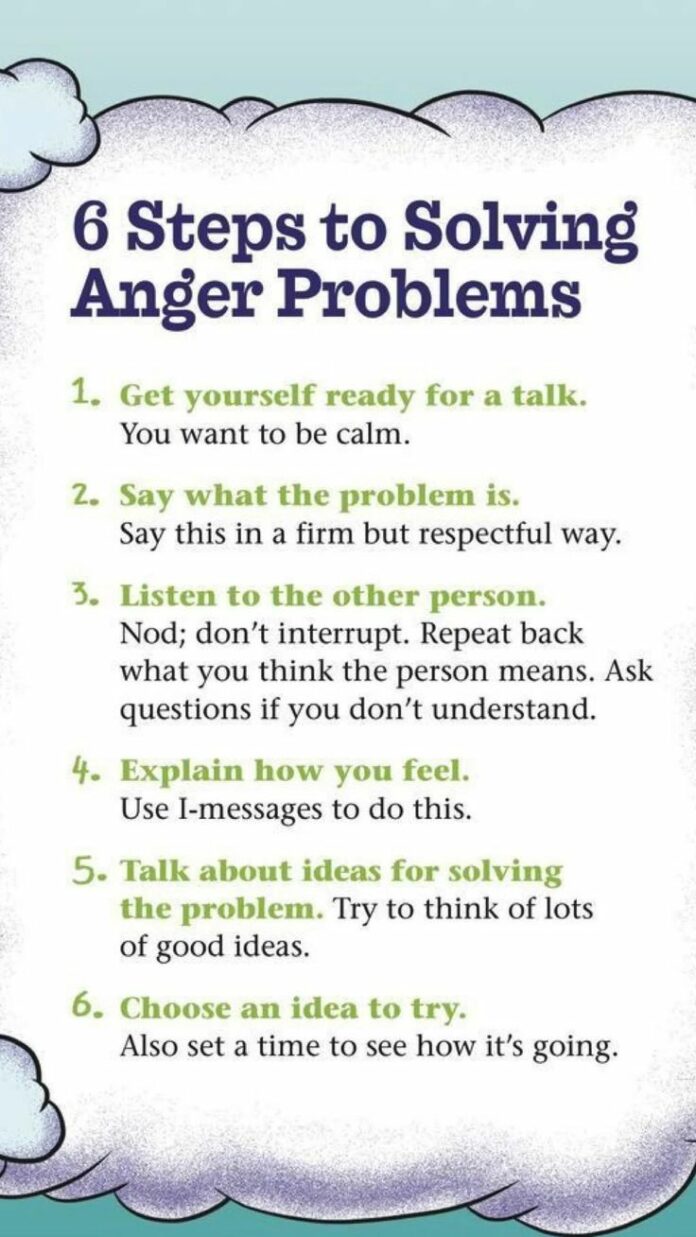Teaching Critical Thinking and Problem Solving Skills PDF
Critical thinking is a learned skill that requires instruction and practice. Business education instructors at both the secondary and post-secondary levels can enhance students’ critical thinking skills by
- using instructional strategies that actively engage students in the learning process rather than relying on lecture and rote memorization,
- focusing instruction on the process of learning rather than solely on the content and
- using assessment techniques that provide students with an intellectual challenge rather than memory recall. Several barriers can impede critical thinking instruction.
Lack of training, limited resources, biased preconceptions, and time constraints conspire to negate learning environments that promote critical thinking. However, actively engaging students in project-based or collaborative activities can encourage students’ critical thinking development if instructors model the thinking process, use effective questioning techniques, and guide students’ critical thinking processes. The examples provided challenge instructors to think of students as users of information rather than receivers of information.
What is critical thinking, and why is it so important?
The Critical Thinking Community defined critical thinking as “the intellectually disciplined process of actively and skillfully conceptualizing, applying, analyzing, synthesizing, and/or evaluating information gathered from, or generated by, observation, experience, reflection, reasoning, or communication, as a guide to belief and action†(Scriven & Paul, 2007, p. 1).
Critical thinking has also been referred to as metacognition (Tempelaar, 2006) or the process of “thinking about thinking†as defined and originally purposed by Flavell (1979). Critical thinking skills are important because they enable students “to deal effectively with social, scientific, and practical problems†(Shakirova, 2007, p. 42).
Simply put, students who are able to think critically are able to solve problems effectively. Merely having knowledge or information is not enough. To be effective in the workplace (and in their personal lives), students must be able to solve problems to make effective decisions; they must be able to think critically.
Critical thinking is not a new concept. “Throughout nearly 300 years of policymaking in the United States, educators have promoted eight broad goals of schooling: basic academic skills, critical thinking, and problem-solving, social skills and work ethic, citizenship, physical health, emotional health, the arts and literature, and preparation for skilled employment†(Rothstein, Wilder, & Jacobsen, 2007, p. 8).
Business education directly addresses work ethic and the preparation for skilled employees as well as critical thinking and problem-solving. Yet many teachers continually struggle to engage students in critical thinking activities (Tempelaar, 2006), and students seldom use critical thinking skills to solve complex, real-world problems (Bartlett, 2002; Rippin, Booth, Bowie, & Jordan, 2002). Why?
The answer may be in our instructional methods. Two quotes that are often cited together reflect this supposition (as cited by Schafersman, 1991). First, Clement (1979) stated that “we should be teaching students how to think. Instead, we are teaching them what to think†(p. 1). Second, Norman (1981) noted that “it is strange that we expect students to learn, yet seldom teach them anything about learning†(p. 1).
Although content is important, the process of how students learn the material is equally important. Therefore, the purpose of this article is to analyze and synthesize secondary research to provide best practices for incorporating critical thinking instructional methods into business education classrooms at both the secondary and post-secondary levels.
First, critical thinking is described as it relates to instructional design. Then barriers to critical thinking are outlined. Finally, instructional strategies for enhancing students’ critical thinking skills are provided as well as examples of critical thinking in business education.


